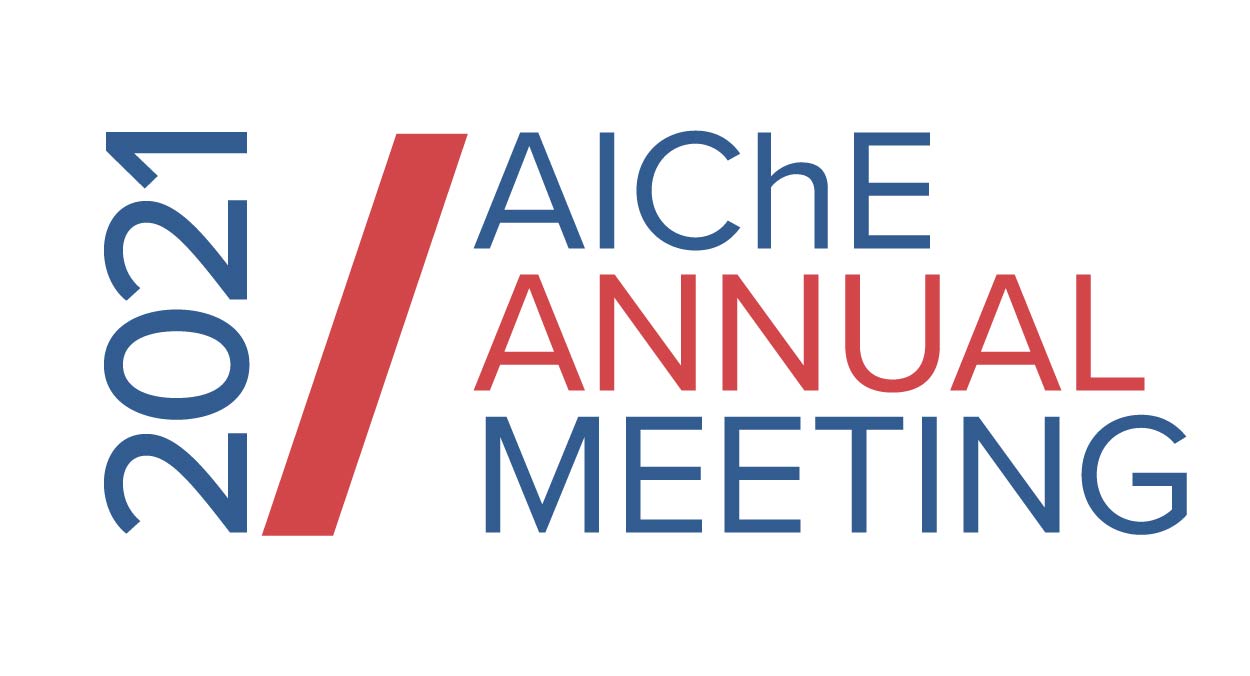

Biomass compounds adsorbed on surfaces are challenging to study due to the large number of possible species and adsorption geometries. In this work, elementary steps and intermediate species of linearly-structured biomass compounds are studied in the gas-phase and on the Rh(111) surface. Possible intermediates and elementary reactions are generated by a recursive bond-breaking algorithm. These structures are used as the input of a unsupervised Mol2Vec algorithm to generate vector descriptors. We first develop a data-driven scheme to classify the reactions and predict the reaction energies in gas-phase. The data-driven model can be further extended to Rh surface species as well. The lowest mean absolute error (MAE) of our prediction on adsorption energies is 0.39 eV, and the relative ordering of different surface adsorption geometries is relatively accurate. We show that combining geometries from density functional tight-binding (DFTB) calculations with energies from machine-learning predictions provides a novel workflow for rapidly assessing the geometry stability on the Rh(111) surface.
Presenter(s)
Once the content has been viewed and you have attested to it, you will be able to download and print a certificate for PDH credits.
If you have already viewed this content,
please click here
to login.
